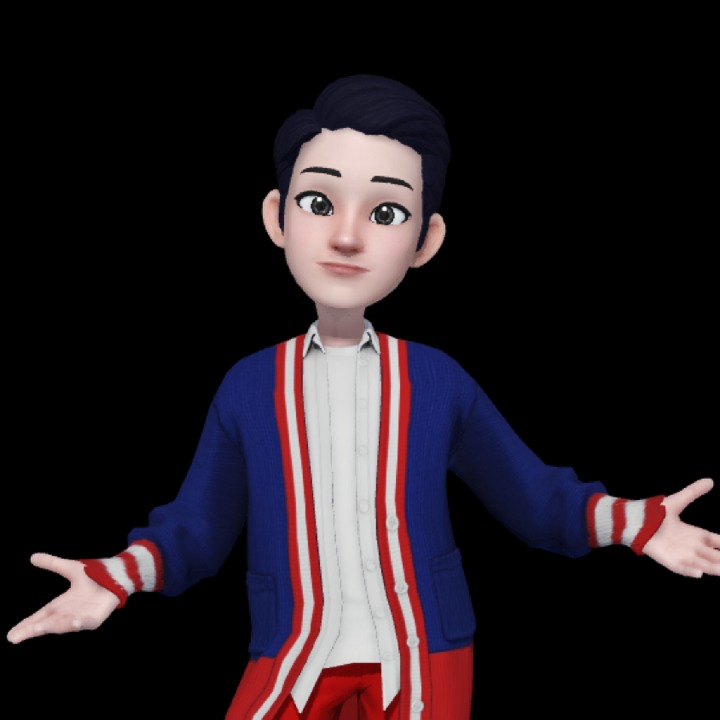| 일 | 월 | 화 | 수 | 목 | 금 | 토 |
|---|---|---|---|---|---|---|
| 1 | 2 | 3 | ||||
| 4 | 5 | 6 | 7 | 8 | 9 | 10 |
| 11 | 12 | 13 | 14 | 15 | 16 | 17 |
| 18 | 19 | 20 | 21 | 22 | 23 | 24 |
| 25 | 26 | 27 | 28 | 29 | 30 | 31 |
- 연체용어
- 트럼프 2025년 미국 관세
- css 리스크관리
- 스코어카드 만드는법
- 25년 3월 11일 미국 증시 분석
- 딥러닝 제대로 시작하기
- 스코어카드 예시
- 미국 투자 분석
- 취업사이트 정리
- jupyter notebook PDF
- 2025년 3월 6일 미국 증시 분석
- 25년 3월 미국 증시 분석
- 미국 시황
- Cudnn 버전 확인
- 트럼프 미국 관세
- 관세 설명
- 2025년도 미국 관세
- 미국 증시 분석
- 코딩 사이트 정리
- 미장 분석
- 딥러닝
- 연체 css
- 미국 증시 방향성
- css 리스크
- 25년 3월 증시 분석
- python pandas
- css risk
- Python Numpy
- 25년 3월 12일 미국 증시 분석
- 주식 데이터 수집
- Today
- Total
koos808
Edwith 논문으로 짚어보는 딥러닝의 맥 정리 Step1 본문
네이버 Edwith의 무료 강의 최성준님의 논문으로 짚어보는 딥러닝의 맥을 공부하면서 정리한 내용입니다.
아래 링크로 접속하시면 좋은 강의 무료로 들을 수 있습니다. 딥러닝 입문할 때 많은 도움이 되었습니다.
* Edwith 링크
www.edwith.org/deeplearningchoi/joinLectures/10979
논문으로 짚어보는 딥러닝의 맥 강좌소개 : edwith
- 최성준
www.edwith.org
※ STEP OT : 배울 사항 및 분야
- 목차
-
- CNN - AlexNet, GoogleNet
-
- Regularization
-
- Optimization Methods
-
- RBM
-
- Denoising Auto Encoder
-
- Semantic Segmentation
-
- Weakly Supervised Localization
-
- Detection Methods
-
- RNN - LSTM with 한글
-
- Visual Q&A
-
- Super Resolution
-
- Deep Reinforcement Learning
-
- Sequence Generation
-
- Word Embedding - Word2Vec
-
- Image captioning
-
- Residual Network & Analyses
-
- Neural Style
-
- GAN :: Generative Adversarial Network
-
- GAN Series :: GT, GAN, GAN-CLS, GAN-INT, GAN-INT-CLS, DCGAN
-
- Logistic Regression
-
- MLP : Multi-Layer Perceptron
-
- Mixture Density Network
-
- Domain Adaptation :: Domain Adversarial Network
-
- VAE :: Variational Autoencoder
-
- Adversarial Variational Bayes
-
- One-Shot learning
-
- Metirc Learning
-
- Memory Network
-
- Uncertainty in Neural Networks
-
※ STEP 1 : Convolutional Neural Network(CNN)의 기초
-
핵심 키워드
- Convolutional Neural Network (CNN)
- Convolutions
- Subsampling
- Convolutin layer
- Fully connected layer
-
CNN :: Convolutional Neural Network
-
절차
- Input -> (Convolutions) -> Convolution feature maps -> (Subsampling) -> (Convolutions) -> (Subsampling) -> ... -> Full Connection(= Dense Layer = Fully Connected Layer)
- Subsampling : 이미지 안에서 더 작은 영역을 얻는 작업(이미지 축소 및 빈공간 줄이기)
- CNN = Convolution + Subsampling + Full Connection
-
CNN 구조
-
CNN = ( Convolution + Subsampling[ex) Pooling] ) + Full Connection
-
-
Convolution과 Subsampling은 feature extraction의 역할을 한다. 이미지를 classifies(분류)하기 위해서 추출된 feature를 가지고 Connected layer를 사용한다.
-
feature extraction은 이미지에서 중요한 feature들을 뽑아내어 이미지를 구분하는데 사용한다.
-
최종 Output은 class에 속할 확률들이 나온다.
-
-
CNN이 Powerful한 이유
-
Local Invariance :: 국소적으로 비슷하고 차이가 없다.
-
Loosely speaking - Convolution filter가 전체 이미지를 모두 돌아다닌다.
-
Local Invariance : Loosely speaking, as the convolution filters are
slidingover the input image, the exact location of the object we want to find does not matter much.
-
-
Compositionality - 구성
-
There is a hierarchy(계층 구조) in CNNs. It is GOOD!
-
-
-
-
Convolution 연산
-
Image(5x5), Convolved Feature(3x3)
-
즉, 내가 가지고 있는 Convolutional Filter 모양과 Convolution을 하는 픽셀들이 얼마나 비슷한지를 나타내게 하는 것이 Convolution 연산이다.
-
비슷하면 Convolutional Feature map의 값이 크게 나온다. 또한 가장 좋은 성능을 내는 Convolutional Filter 모양은 학습을 통해 찾는다.
-
-
Zero-padding
- 가장자리에서도 Convolution할 수 있도록 이미지 가장자리에 0을 추가한다.
n_out = (n_input + 2*n_padding - n_filter) + 1-
ex) 1.n_input pixel : 1x5 2.n_filter : 3 3.n_padding : 1 4.n_output pixel : (5 + 2*1 - 3) + 1 = 5
-
-
Stride
- 몇 칸마다 convolution을 계산할 것인지 지정할 수 있다.
- If stride size equals the filter size, there will be
no overlapping.
-
Channel
-
Out channel : 내가 지금 갖고 있는 Convolutional Filter의 개수
-
In channel : input image channel 수
-
parameter의 수는 적을 수록 좋음ex) input : 4(height)x4(width)x3(channel) filter : 3x3x3 out channels : 7 what is number of parameters in this convolution layer? => 189 = 3 x 3 x 3 x 7
-
-
전체적인 간단한 과정
-
Input- pixel(3x3x1) ->Conv1- 3x3 convolution(64 filters) -> Convolutional Feature map(28x28x64) -> add bias(28x28x64) -> Relu(Recitified Linear unit)(28x28x64) -> Max pooling(14x14x64) -> Reshape(re-ordering)(14x14x64) -> Fully Connected Layer(10개의 숫자) -> one-hot coding(10개의 vector중에서 가장 큰 숫자의 index 라벨을 사용함) -
Convolutional Layer의 parameter 수 -> 3x3(filter)x64(filter 개수) + 64(bias 개수) = 640
-
Fully Connected Layer의 parameter 수 -> 14x14x64x10(output)+10(bias 개수) = 125,440
-
Convolutional Layer의 parameter 수보다 Fully Connected Layer를 정의할 때 필요한 parameter 수가 훨씬 많다. 파라미터의 수가 많아지면 안좋으므로 앞단에 Convolution Layer를 많이 붙히고 Fully Connected Layer를 간소화 시키던가, 없애던가해서 네트워크 전체를 정의하는 파라미터의 수를 줄이려고하는게 요즘 뉴럴렛의 트렌드임.
-
-
Epoch / Batch size Iteration
-
One epoch : one forward and backward pass of
all training data -
Batch size : the number of training examples in
one forward and backward pass -
One iteration : number of passes
-
If we have 55,000 training data, and the batch size is 1,000. Then, we need 55 iterations to complete 1 epoch.
-
'Deep Learning > 딥러닝 강의 정리' 카테고리의 다른 글
| Edwith 논문으로 짚어보는 딥러닝의 맥 정리 Step3(Regularization) (0) | 2020.10.14 |
|---|---|
| Edwith 논문으로 짚어보는 딥러닝의 맥 정리 Step2(CNN) (1) | 2020.10.07 |
